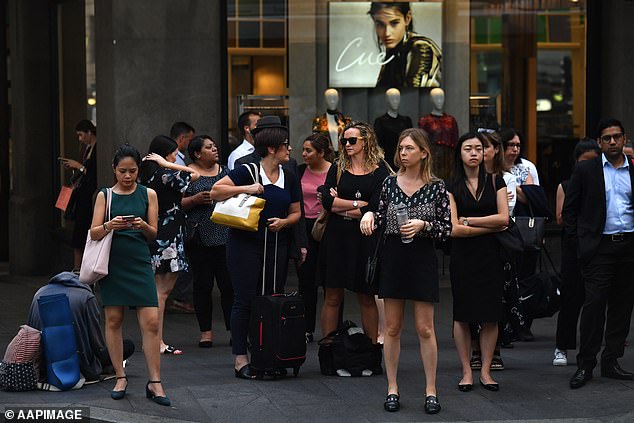Centrelink payments to rise today – including Jobseeker
More than five million Australians receiving income support from Centrelink will have an extra amount paid into their accounts today.
Indexation of pensions and benefits, including the Age Pension, Disability Support Pension and Carer Payments, Commonwealth Rent Assistance, JobSeeker and Parenting Payments, will mean people will have more money in their pockets from Friday.
The twice-yearly indexation increase, announced earlier this month by Social Services Minister Amanda Rishworth, means that age pensions, disability benefits and carer payments will rise by $28.10 a fortnight for single people and $42.40 a fortnight for married couples.
Tenants and the unemployed will also receive extra money, because the changes to housing benefit and jobseeker benefits will also come into effect on Friday.
The maximum rates for Commonwealth Rent Assistance will be increased by 10 percent.
Single people who rent a home alone, without children and who receive the maximum rent benefit rate, will receive an additional $23 every two weeks.
For families with one or two children, the biweekly payment will increase by $27.02 to help pay rent.
People who apply for JobSeeker benefits will also receive a higher benefit thanks to the cost of living indexation.
Indexation of pensions and benefits, including the Age Pension, Disability Support Pension and Carer Payments, Commonwealth Rent Assistance, JobSeeker and Parenting Payments, will put more money in people’s pockets from Friday 20 September.
“Single JobSeeker benefit recipients with an assessed partial capacity to work zero to 14 hours per week will move to the higher rate of JobSeeker benefit and receive $849.50 per fortnight,” the Department of Social Services said in a press release.
For recipients who move to a higher rate, the biweekly payment will increase by $71.20.
Other JobSeeker benefit recipients, such as single people without children, will receive a $15.30 increase to their benefit, while single people with a child they care for will receive a $19.80 increase.
“This government recognises that many Australians are still directly affected by cost of living pressures,” said Minister for Social Services Amanda Rishworth.
‘Indexation, together with our budget measures, means that maximum rates of Commonwealth housing benefit will have increased by around 45 per cent since the Albanian government was elected.’
‘This indexation ensures that people who receive benefits or a pension receive timely support. This way, these vulnerable groups have more money left over for daily expenses.’
Australians receiving a pension will also benefit from the increases.

Other JobSeeker benefit recipients, such as single people without children, will receive a $15.30 increase to their benefit, while single recipients with a child in their care will receive a $19.80 increase (stock image)
Single retirees will get a $28.10 increase in their biweekly payments, while married couples receiving a pension will get a combined increase of $42.40.
People receiving Disability Support Pension and Carer Payment will receive the same increase. Together with the government’s energy allowance, the fortnightly payments will rise to $1,114.40 for single people and $862.60 for each member of a couple.
Single parental benefit recipients will receive a $19.80 increase every two weeks.
According to the Australian Bureau of Statistics, all five Living Cost Indexes (LCIs) – which measure the change in prices of goods and services and their impact on the cost of living of selected households – rose by between 1.2 and 1.4 per cent in the June quarter 2024.
In the 12 months to the June 2024 quarter, LCIs rose 3.7% to 6.2%.
According to the ABS, rent and electricity prices were the driving force behind price increases for most households.
‘Rents continued to rise, reflecting tight rental markets and low vacancy rates. Electricity costs rose as Energy Bill Relief Fund rebates were gradually used up by eligible households.’
